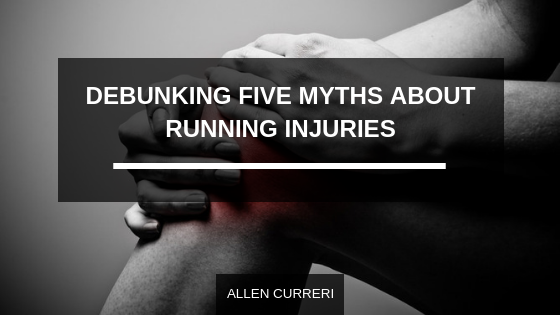Injuries are an unfortunate, albeit common, part of distance running; they stem from an almost countless list of factors, from muscular imbalances to improper footwear. Regardless of the reason, an injury can be both physically painful and mentally draining as you struggle to re-evaluate and get back to the roads.
Most running injuries require specific care to promote quick and effective healing. Unfortunately, due to an equally vast number of factors, many of these methods have become misconstrued over the years, leading to a variety of myths and misconceptions.
That said, here are answers to three common running injury myths.
Myth: “You can run through any injury”
Running through an injury is almost never a good idea. If you are experiencing pain in otherwise normal running scenarios, your body is probably trying to tell you to stop. In time you may be able to ease back into shorter runs as your injury continues to heal, but the best rule of thumb is to stop, figure out what is wrong, and identify how to treat it before simply trudging through and pretending everything is fine.
Myth: “Stretch before a run to reduce the risk of injury”
Parts of this myth are technically true, but too often its wording is misunderstood. Active stretches — such as high knees, butt kicks, and A skips — are, in fact, effective in both warming up the legs and reducing the chance of biomechanical injury. However, static stretches — like toe touches and quad pulls — are typically not associated with such preemptive benefits (though they are not necessarily linked to an increase in injury risk). Your time will be better spent enacting the former.
Myth: “Just stop running and wait — the injury will go away on its own”
While most running injuries demand physical rest, just as many will require more than rest alone to fully heal. Inflammation-based injuries, for instance, will typically need to be treated with the R.I.C.E method (Rest, Ice, Compression, Elevation), a four-part regimen in which rest is only one broad component. To know if you must do more, consult your physical therapist or similar medical professional for a proper diagnosis and treatment plan.

